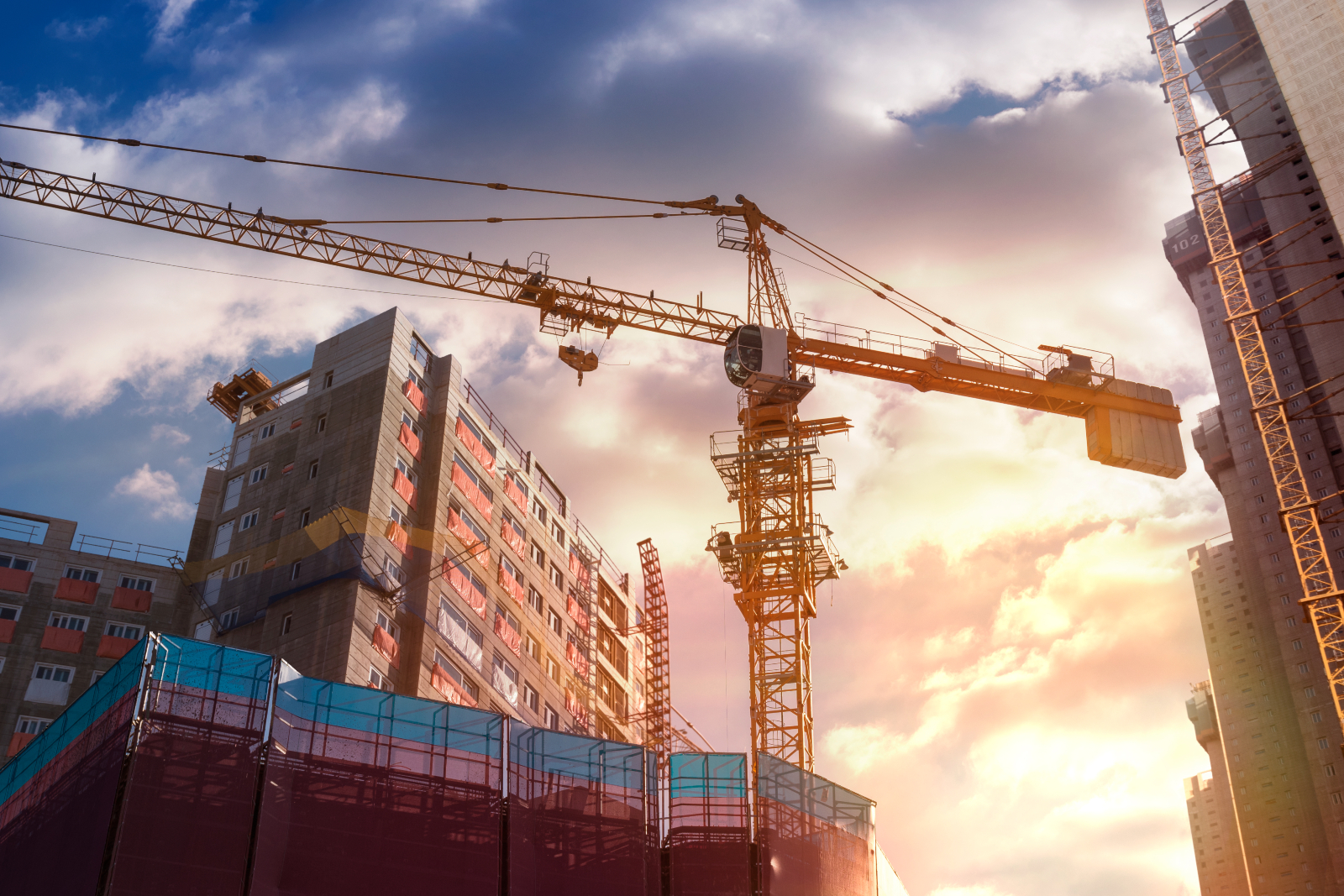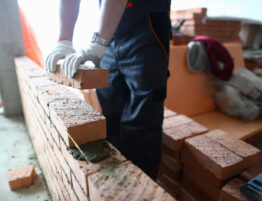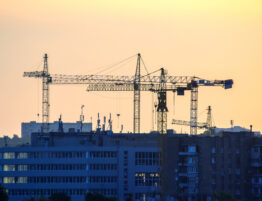
Under the Lifting Operations and Lifting Equipment Regulations (LOLER) 1998, any lifting equipment used at work must be strong, stable, suitable for purpose and subject to planned maintenance and inspection. The HSE stresses that lifting operations must always be:
- Planned by a competent person
- Supervised appropriately
- Carried out in a safe manner
- Examined and maintained at the correct intervals
Without these safeguards, crane collapse, dropped loads, collisions and fatal accidents are very real risks.
In November 2024, the HSE reported that Brand Energy & Infrastructure Services UK Ltd (trading as Lyndon SGB) was fined £1.6 million after a 24-year-old worker, Jack Phillips, was killed when a lifting sling attached to a lorry-mounted crane snapped and the load fell on top of him.
While that’s at the most serious end of the scale, it’s a stark reminder that all mechanical equipment, including accessories (and even seemingly simple gear like gin wheels or hoists) can cause severe injuries when they’re poorly installed, used or maintained.
The difference between a routine task and a tragic accident often comes down to planning, inspection, and communication. By following clear procedures and maintaining equipment to LOLER standards, site teams can make sure every lift is controlled, coordinated and safe.
DO:
- Plan lifts carefully with a competent person who can perform a risk assessment (considering ground conditions, weather and exclusion zones) and create a method statement (or safe system of work) covering each stage of the lifting.
- Ensure operators, riggers, banksmen and signallers are trained and clear on their roles.
- Use only equipment and accessories that are suitable, in good condition and properly rated (marked with their safe working load).
- Check that slings, hooks and attachments are suitable before each use
- Ensure the load is properly secured and balanced before lifting.
- Use correct angles and rigging techniques to avoid undue loading or side loading.
- Move the load slowly to avoid sudden starts or stops and minimise swing.
- Be alert to any adverse weather conditions – especially wind that might affect the lift.
- Maintain clear communication between all team members (use radios, signals).
DON’T:
- Operate beyond the equipment’s rated limits or bypass safety features.
- Lift/ swing loads over people unless absolutely unavoidable. If a load must pass over people, treat that area as a danger zone and restrict access.
- Use equipment that’s damaged, missing markings or uncertified.
- Use hoists/ cranes that haven’t been properly installed, secured or tested.
- Cut corners on planning or rely on guesswork.
- Use equipment without confirming it matches the load, geometry or rigging requirements
- Rig with makeshift or improvised hooks.
- Override safety limits or bypass interlocks.
- Use slings at very acute angles (which increase tension dramatically).
- Assume the load will stay still – account for swing, rotation and drift.
Inspections and supervision
Lifting equipment must be checked before each use and formally examined at legal intervals – every six months for equipment used to lift people and all lifting accessories, and every 12 months for other equipment (unless more frequent checks are required).
Thorough inspections, supported by accurate records of defects and repairs, are essential. If a defect is found, the equipment must be taken out of service immediately until it is repaired or replaced. Skipping checks, ignoring defects or failing to keep records not only increases risk but also leaves you open to HSE enforcement measures.
Supervision is just as important. The level of oversight should reflect the risk, with high-risk lifts such as multi-crane operations requiring close control. Everyone involved must know their role, stick to the plan and feel able to stop the lift if something looks unsafe. Experience alone isn’t enough – fatigue, distraction and poor communication often play a role in accidents, so it’s important to monitor performance and providing refresher training as/ when required.
The bottom line
Mechanical lifting is one of the most powerful tools in modern construction, but it’s also one of the highest-risk activities. Following HSE guidance isn’t simply good practice — it’s essential. Rigorous planning, competent supervision, safe rigging, and thorough inspections protect not only the success of the project but, more importantly, the people delivering it. When equipment is properly maintained and teams work in coordination, lifts can be conducted safely and efficiently. But when those controls are overlooked, the results can be life-changing or worse.
For further official guidance, visit the HSE’s page on lifting operations.
21.10.2025
Feature image: Freepik








